DCC decoders are hard to choose, lately I have been using the Doehler & Haass SD18A quite a lot.
SD18A Overview
The Doehler & Haass SD18A decoder boasts a Next18 Digital interface. Next18 is a modern digital interface more and more common in European N scale models. I have already praised Next18 here, and discussed other interfaces in a quite popular article here.
Some brands like Arnold are now selling locomotives with Next18 instead of the aging NEM651. Also, I have showed many times you can fit Next18 in old trains with a bit of DIY (e.g. here, here or here).
The SD18A is an all-in-one DCC, Motorola an Selectrix sound decoder. If you’re not sure what this means, head to my introduction to train sounds here.
Its direct competitors on the European market are for example the ESU Loksound Micro v4.0 Next 18 (part no 54898), or the Zimo MX658.
One of the main advantages of the SD18A is clearly its price. At around €60 including VAT, it is up to 30% cheaper than the competition.
But it’s also flatter than the Zimo or ESU with a footprint of only 25.0 * 9.5 * 2.8 mm. Now all Next18 sound decoders will fit into commercially available locomotives with a proper Next18S interface. But if you’re outfitting an old train, with little vertical space, the reduced height may come very handy.
Installation, as with any Next18 decoder, takes only a second if the locomotive is already equipped with a Next18 interface. Be careful! Some locomotive only accept non-sound Next18 decoder that have a smaller form-factor (closed to the old NEM651 decoders).
Functions
The decoder has everything you’d expect from a Next18 decoder, including 2 extra function outputs that can be used for interior lighting or other functions.
With the latest 2015 firmware, D&H even added 2 other (non amplified) function outputs that can be accessed by soldering on the decoder (unfortunately, the Next18 interface doesn’t provide for enough connections).
As for sounds, it’s got a 32Mb memory to store up to 190s of audio, which should be enough for most sound projects (although quite limiting if you like to store very long sound sequences).
Head on to the Doehler & Haass SD18A page for a precise description and tech specs.
Programming
CV programming is no problem with any DCC or SX2 command station. Of course, you could also use the Doehler & Haass programmer if you prefer.
As with all D&H decoders, some might found the advanced settings limited in comparison with ESU or Zimo. There are, for example, no blinking options for light outputs. This won’t be a problem for most EU customers, but comes handy for North American model railroaders.
I personally find the D&H options completely sufficient for my needs. More importantly, I find D&H decoders behave very well with motors with default settings; more so than some competing decoders.
The good side of this is also that Doehler & Haass decoders are much easier to program. I for example don’t like the Zimo options, with hundreds of CVs, since I just need a few of them.
Sound choice
Doehler & Haass has been developing more and more sound projects in the last 2 years. You can have a look at the available sound projects here.
This sound library is quickly growing, however, it is still much smaller than those from ESU or Zimo. If you really want the right exact sound for your train, you may not found what you want at D&H. For me, it’s often close enough. Here is an example on a small diesel railcar (full details here):

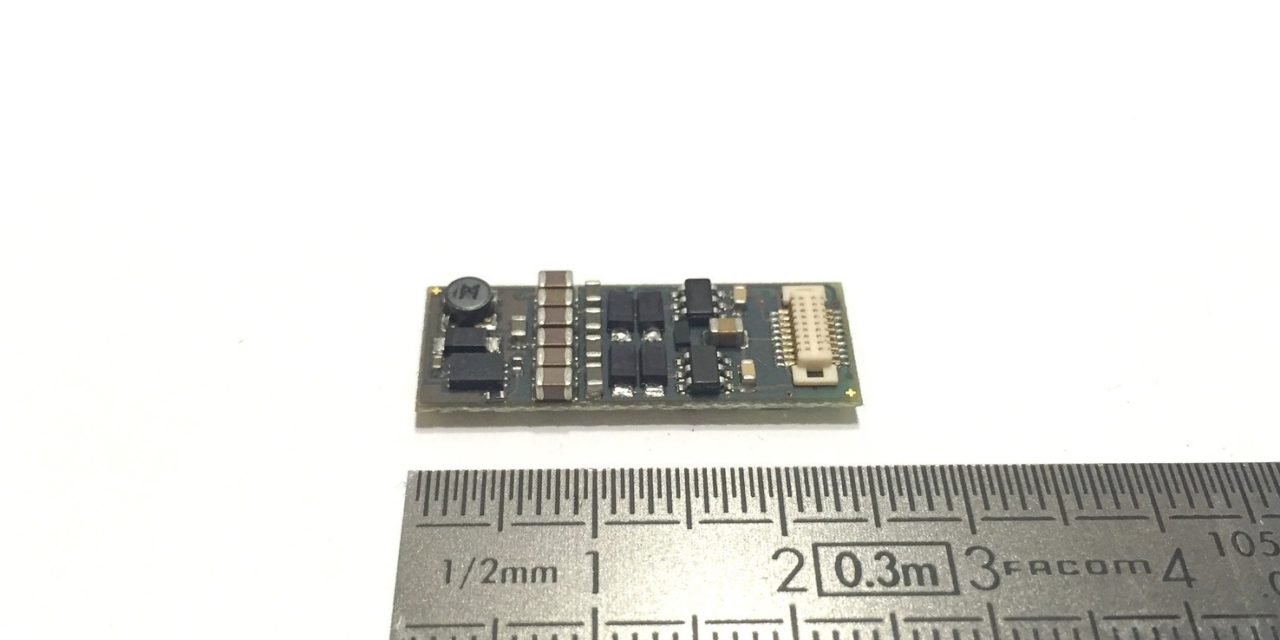

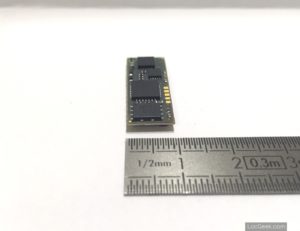


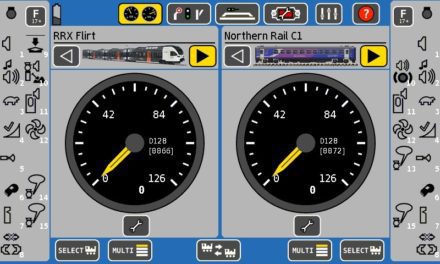

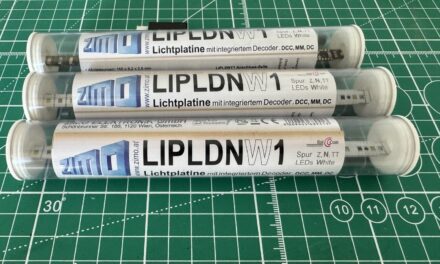
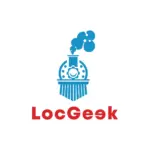

I can’t get my NCE system to program a Doehler and Haass sound decoder. Anyone know why?
Hi Roger,
Thanks for the question. I don’t know NCE systems, and forgive me for the basic question:
Is the decoder connected to a motor (either via wires or plugged in if your engine has a digital plug)? If yes, does the motor (or some lights) react when sending programming orders?
Of course I am assuming that you do know that you can’t program (change) sounds via another brand’s programmer/DCC control station, and that you only wish to change CVs (which should be possible) 😉
Pierre
The decoder is connected, factory installed in a Brawa sound loco. My system can’t read or write any CV. Don’t want to change any sounds, just basic CVs. I don’t notice any response, the DCC system just says “can’t read CV”
That’s annoying indeed. Does the NCE allow for blind programming of CVs? (meaning just send a value without trying to read it). If so I would try and program a new address in CV no 1 (factory setting is 3 in DCC, so try 5 for example), on the programming track of course. See if the engine does respond on the main track to address 5 then. Some systems have issues reading CVs but not writing them, might be a long shot but worth the try…
I think you refer to what is called programming on the main. But I tried blind programming on the programming track, without success. Tried to change CV 29, for example. My friend has a Lenz DCC system which had no problem reading and writing CVs. So the problem is not with the D&H decoder, but with the DCC system, and I’m going to call then tomorrow.
Well I was mentioning regular (programming track) programming, since Programming On the Main is sadly often manufacturer related (except if you had a Railcom compatible system – mostly EU manufacturers – Railcom based POM could have worked). But you have tried indeed, so sorry it didn’t work and I couldn’t help further. I hope NCE’s service will be able to Roger!
do you have experiece with locbuffers adding to the DCC, with ESU decoders i don’t have problems with connection to the track, but with the D&H it is stuttering a lot